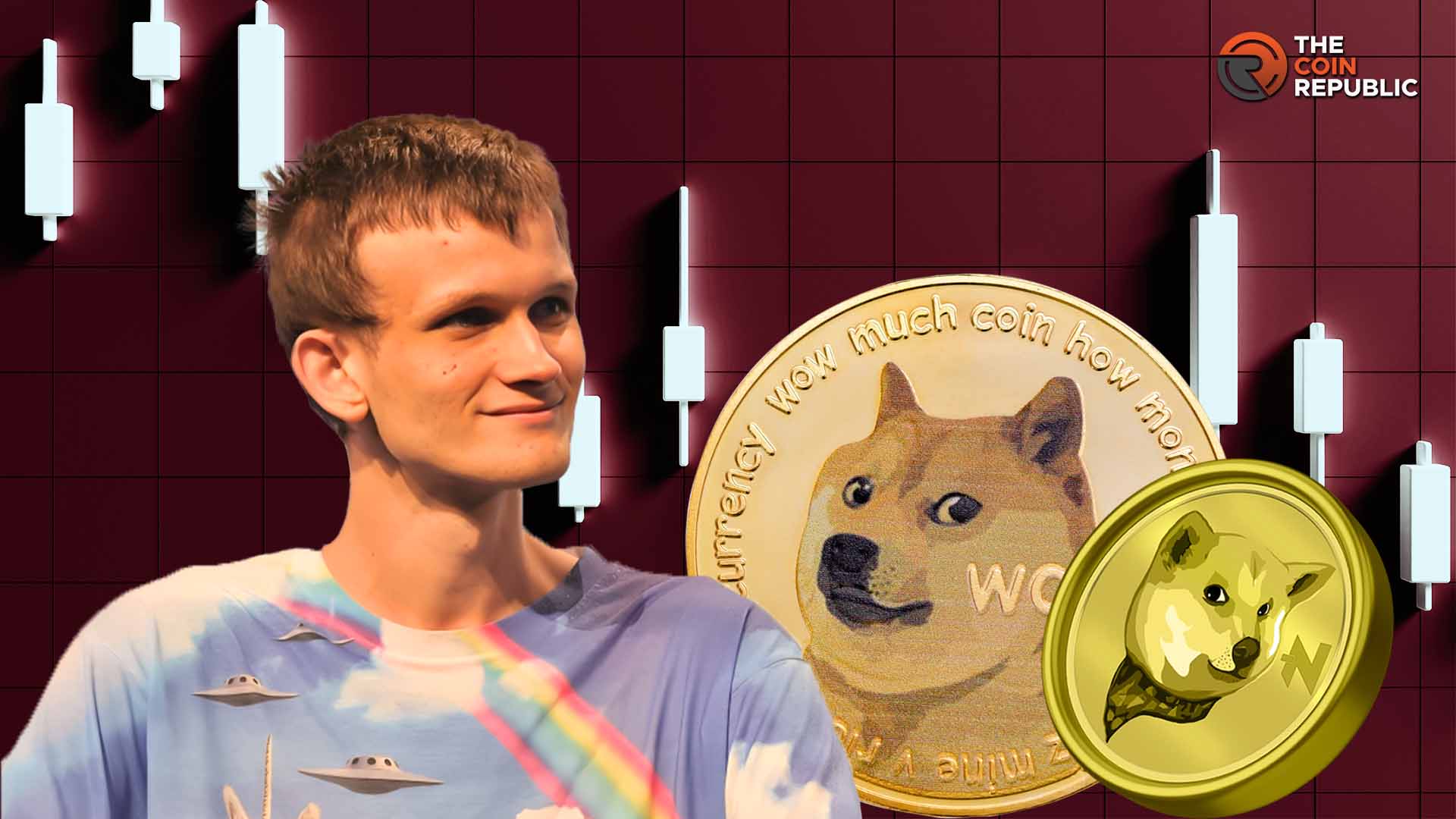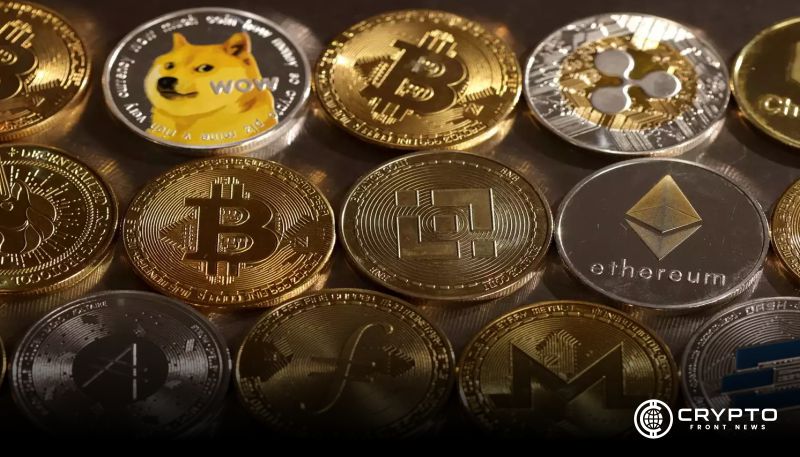Vitalik Buterin, Ethereum founder, has made headlines once again. This time for selling off significant holdings in some of the most talked-about memecoins, including Dogecoin (DOGE), DOG, and NEIRO.
These tokens, primarily sent to his public wallet as gifts, have raised eyebrows in the crypto community, especially considering Buterin’s historic sale.
Millions of Memecoins Sold Again, What is Happening?
He traded millions of memecoins for about $2.5 million to more stable cryptocurrencies like Circle’s USDC and Ethereum (ETH).
He funneled the proceeds, totaling nearly $1 million, into his charitable organization, Kanro. This has sparked a growing interest in the intersection of memecoins and philanthropy.
Memecoins, once a niche corner of the crypto market, has seen a meteoric surge in value and interest. Among these, Dogecoin (DOGE) is the most famous, riding high on support from personalities like Elon Musk.
Buterin’s sale included 500T DINU, 50.48B ESTEE, 92,000 DOGE, and a mix of other tokens like JSHIBA and OMIKAMI.
– Advertisement –
Notably, the tokens sold were worth significant amounts, with DINU alone bringing in $13,208 and DOGE $35,233. He also raked in 74,095 USDC worth of Neiro and 86,535 USDC worth of DOG.
V 神又来定期卖出捐到他钱包里的 Meme 币咯~:
他在过去 5 个小时里一共出售了 28 种 Meme 币换成 98.4 万 USDC,然后将 USDC 捐到了 Kanro 地址 (V 神的慈善机构)。
部分代币因为市值小、池子深度差出现了大幅的下跌,例如 $DINU 跌了 68%、$JSHIBA 跌了 38%。具体出售:
50 万亿枚 $DINU → 13,208… pic.twitter.com/A9ZMFvBbAf— 余烬 (@EmberCN) January 6, 2025
However, Vitalik’s sale of these coins has prompted a deeper examination of the memecoin world. The move raises questions: Are memecoins on the brink of a decline?
People also sought to know if Buterin’s action was a sign of changing tides within the crypto landscape.
Buterin’s decision to offload these assets may signal his diminishing interest in speculative tokens. Ethereum’s ecosystem, in particular, thrives on scalability, security, and decentralization, qualities that memecoins often lack.
He might be distancing himself from projects that lack the utility and long-term vision he associates with Ethereum.
Ethereum Founder and Historic Sales
Vitalik Buterin is no stranger to monumental sales and actions that ripple across the crypto ecosystem.
From co-founding Ethereum to revolutionizing decentralized finance (DeFi) and NFTs, Buterin has always been in the spotlight.
His decision to sell off these memecoins follows a series of similar moves. This comes as high-profile crypto figures either divest or express dissatisfaction with certain tokens. This particular sale is historically significant for a few reasons.
In previous instances, he sold off tokens to support causes ranging from anti-airborne disease technology to animal welfare. Some sales date back to 2021 when he sold over $60 million worth of SHIB and other tokens.
The proceeds fund initiatives like Artificial Intelligence (AI) research, longevity studies, and pandemic relief.
His actions underscore a unique approach to crypto wealth that seeks to leverage digital assets for social good.
The Ethereum Ecosystem and Vitalik Buterin’s Role
As the Ethereum network continues to evolve, Buterin’s role remains central. Ethereum allows developers to build decentralized apps (dApps) and smart contracts that solve real-world problems.
Buterin’s focus on innovation over profit has kept Ethereum leading in the blockchain industry.
Vitalik’s vision was to create a decentralized world computer, and over time, Ethereum has grown into the leading platform for blockchain innovations.
Though he no longer leads daily development, his influence is still significant. Like the transition to Ethereum 2.0, the protocol’s upgrades reflect his ongoing impact. This upgrade aims to enhance scalability and energy efficiency.
Despite challenges like high fees, Vitalik continues to guide Ethereum’s evolution toward better solutions. With Ethereum’s future brighter than ever, this latest meme selloff highlights Buterin’s priorities.
It shows his focus is on building the blockchain of tomorrow and not concerned with chasing today’s trends.










